
Feel free to add tags, names, dates or anything you are looking for
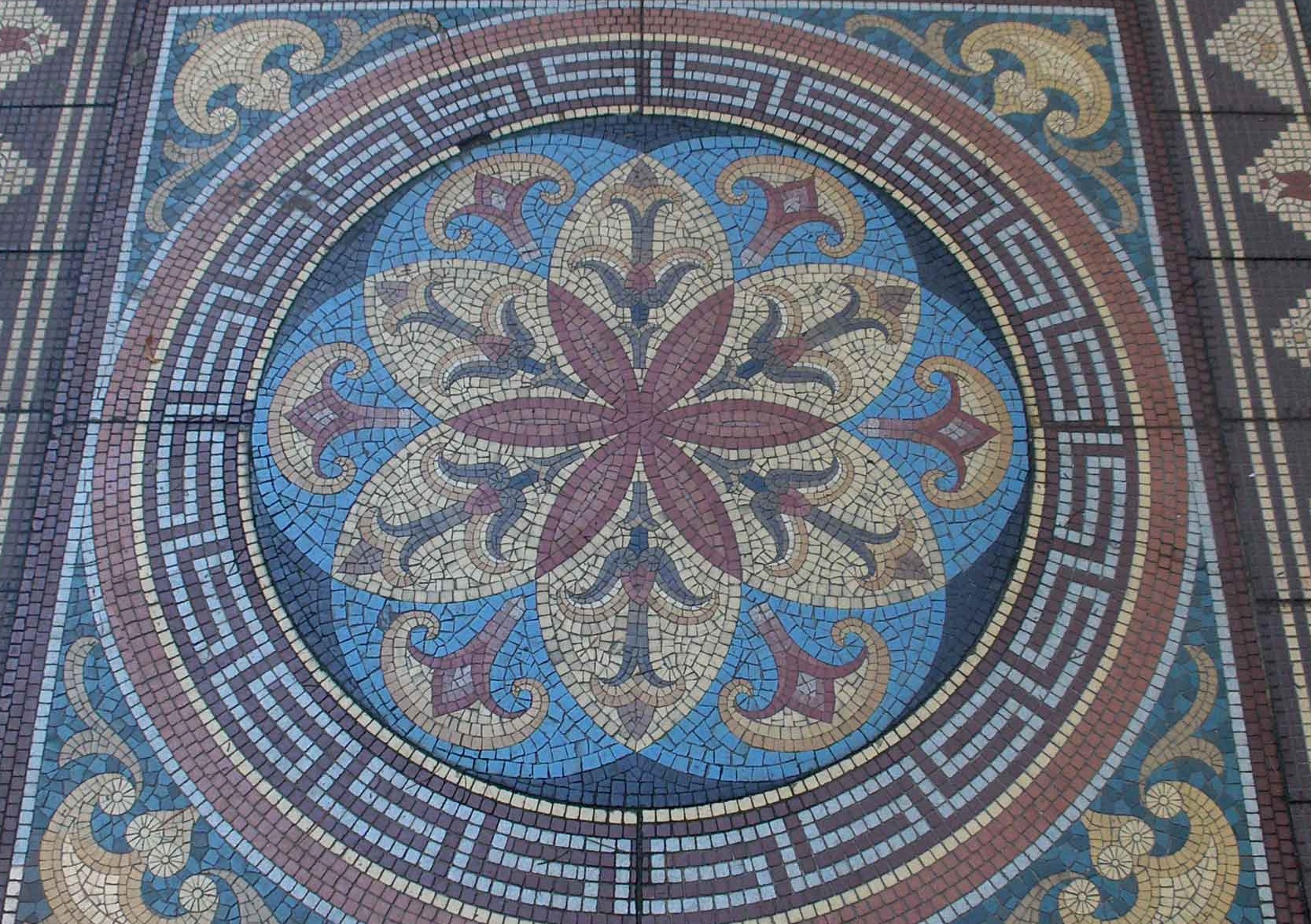

The house number thirteen on Machabeli Street in Tbilisi is distinguished both for its history and architecture. It belonged to the famous Georgian brandy producer David Sarajishvili, known not only for his prosperous entrepreneurship, but also for his charitable activity.
By the twentieth century, David Sarajishvili owned several buildings in Tbilisi, but he decided to build a new one as his residence. He chose a place in Sololaki, a rich neighborhood in the centre of the city. The house was designed by the German architect Carl Zaar and was constructed from 1903 to 1905.
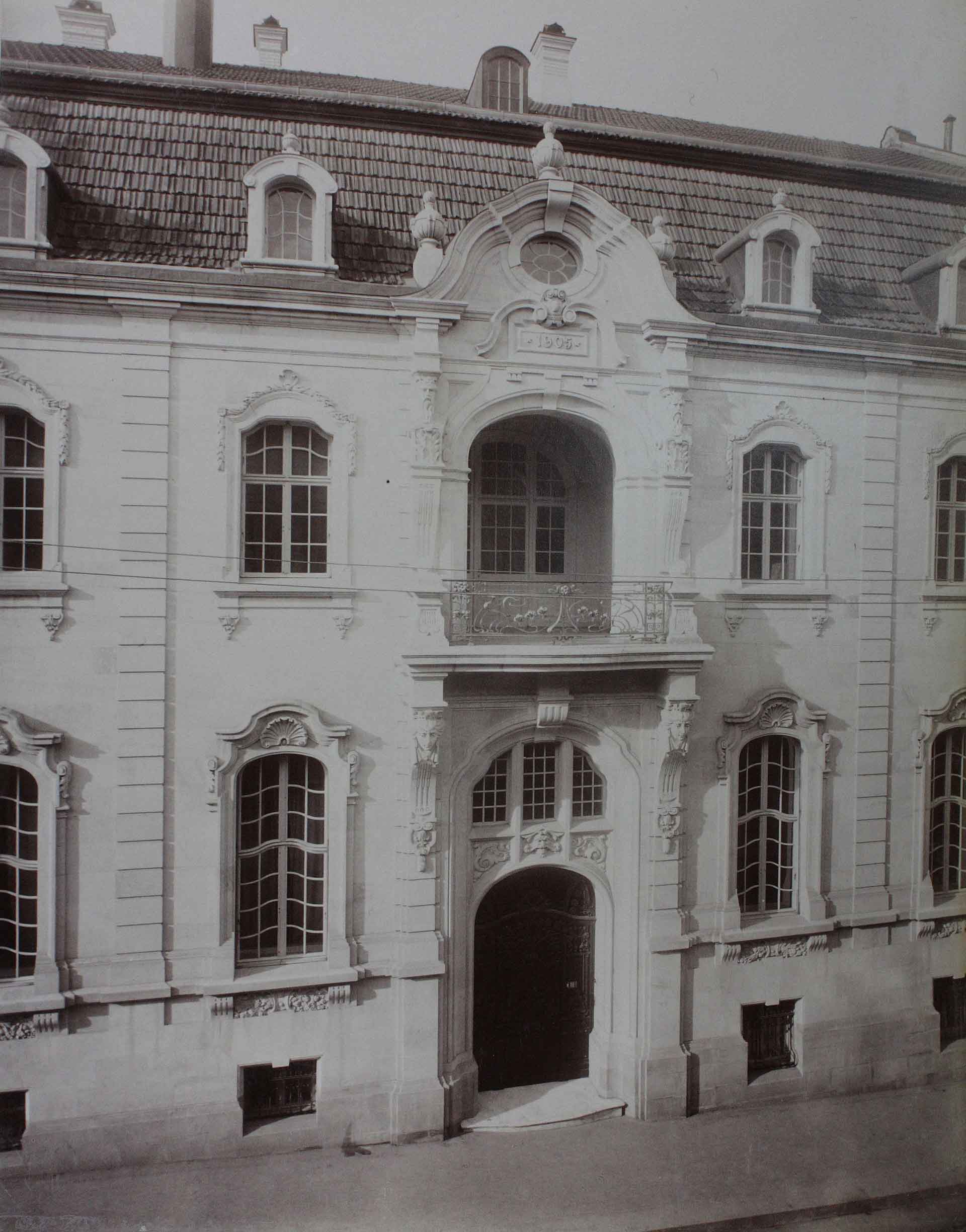
David Sarajishvili’s House in 1905
Sarajishvili’s house consists of a semi-basement, two floors, and a large boarded loft with dormer windows. The main façade of the house faces Machabeli Street. In its design, Karl Zaar combined the sinuous forms of Art Nouveau with Neobaroque decorative details.
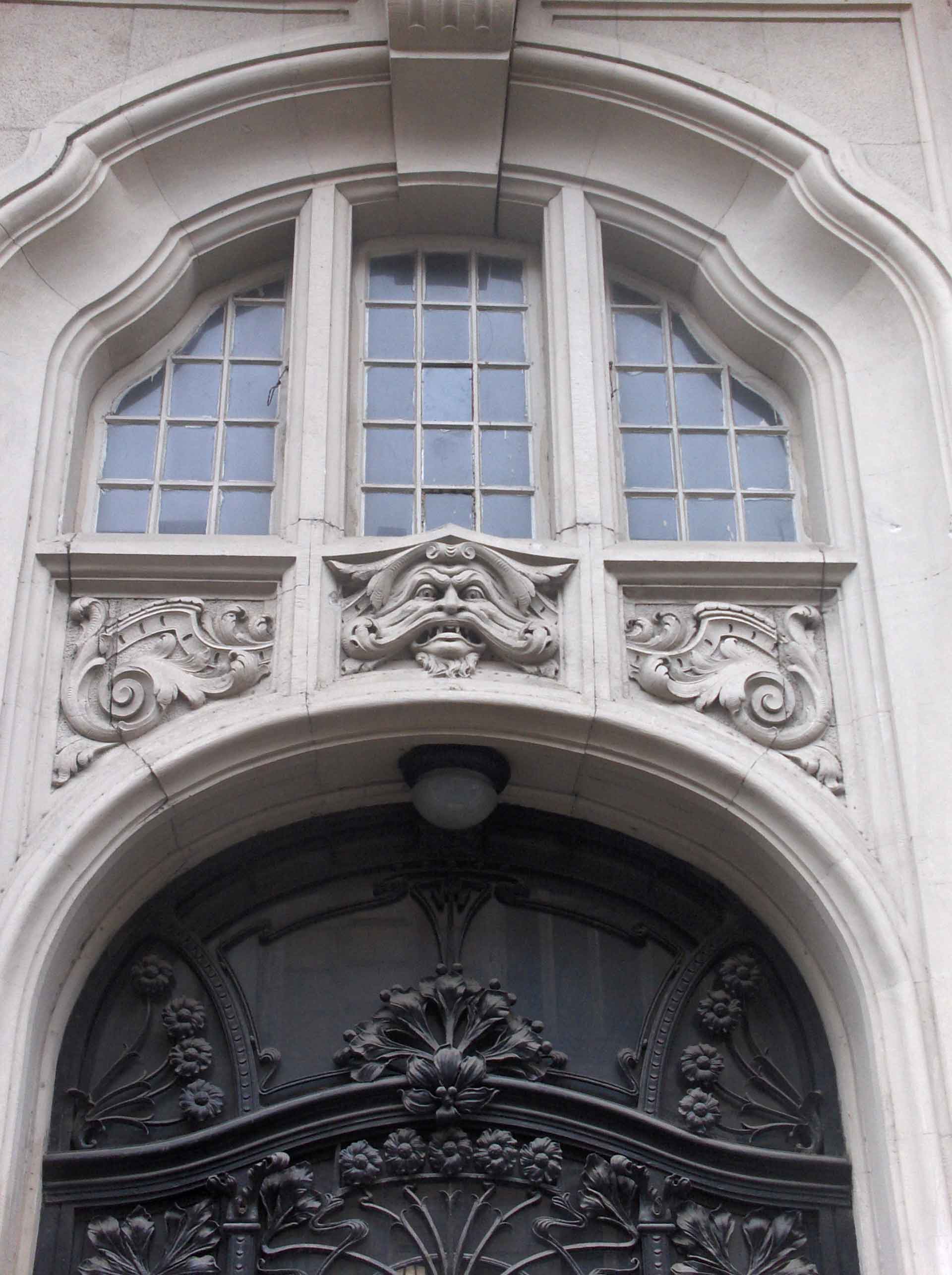
Decoration of the doorway

Corbel of the balcony with a female sculptural image
The arched doorway in the middle of the facade is crowned with the mascaron and scrolled floral ornaments. On the second floor, the facade features a room with an open outer wall and a balcony overhanging the door. They are heavily embellished with sculptures, ornaments, and curvilinear architectural details. A framed panel with the date of the end of construction is included into the decoration. The central axis of the facade is additionally emphasized by an arched dormer with a round window above the balcony.
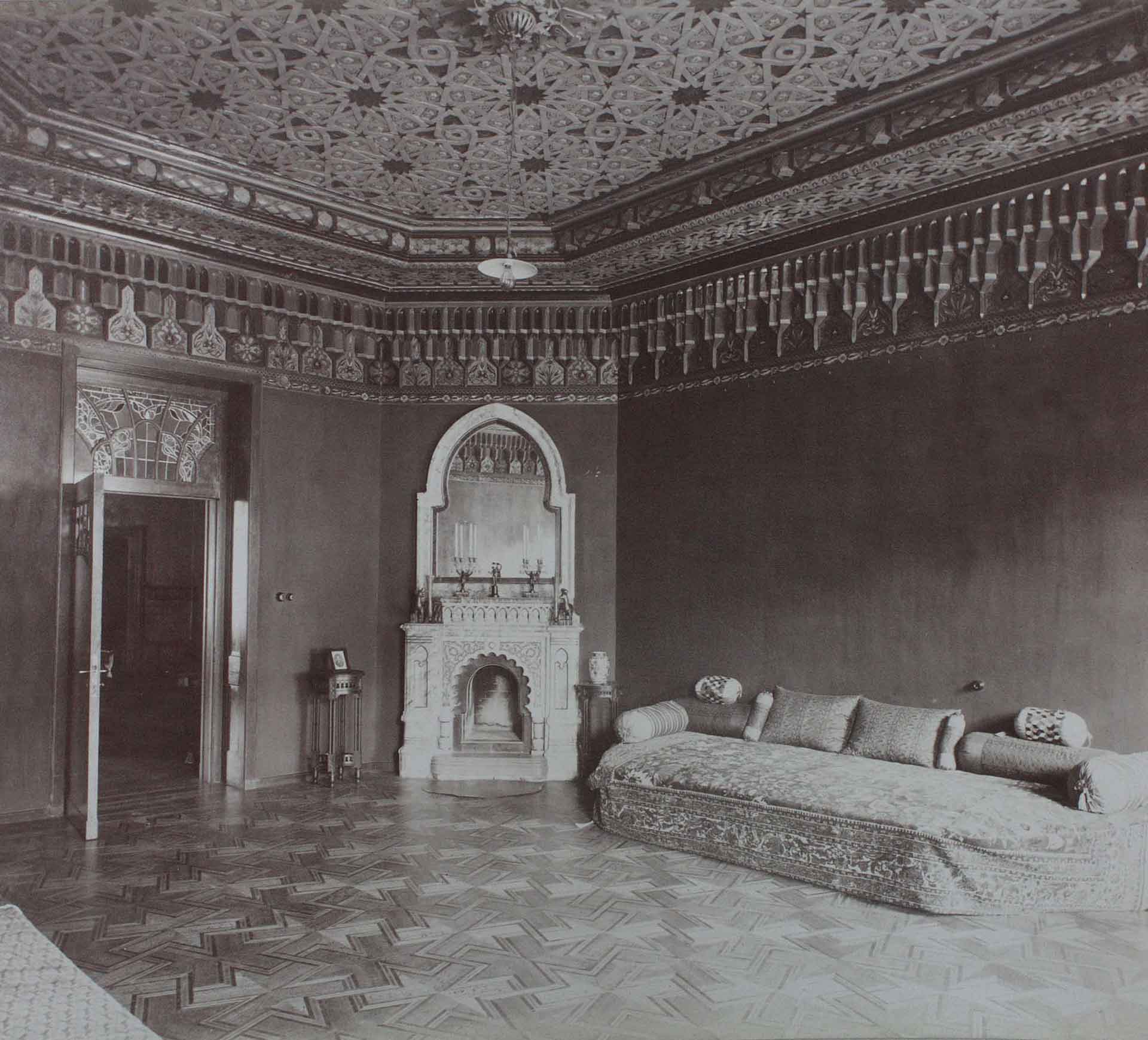
So-called Akaki’s Room in 1905
There are several large rooms in the house including a spacious reception hall designed in the style of the nineteenth-century European parlors and so-called Akaki’s Room (named after the famous poet Akaki Tsereteli) with lavish Oriental decoration of muqarnas and mirrorwork.
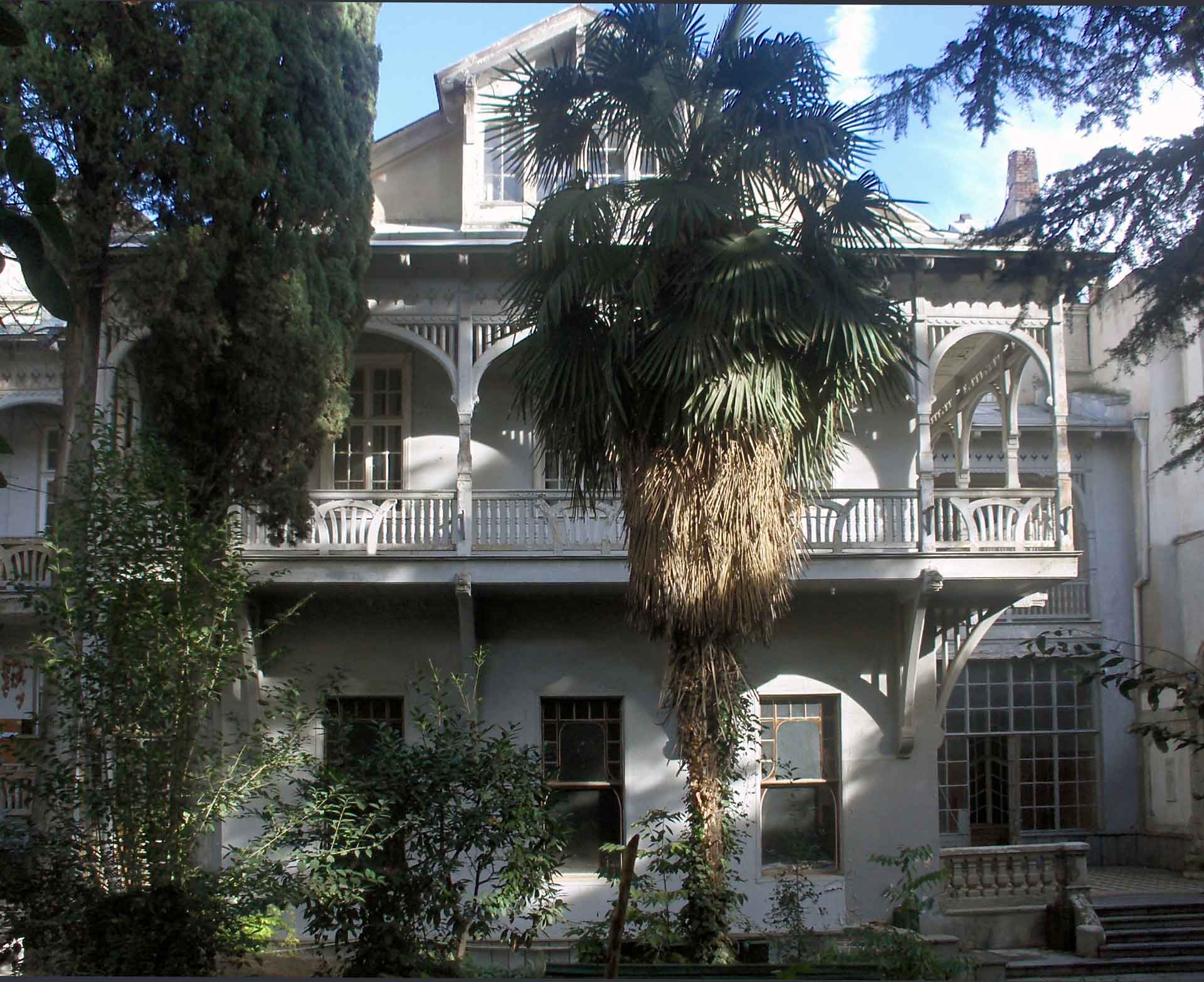
Rear of the house
The rear of the house reinterprets local tradition of large cantilevered wooden balconies by adding elements of Art Nouveau. They overlook an open-air veranda with decorative floor and a garden, which was laid out simultaneously with the construction of the house.

Decorated floor of the veranda
In the garden, there was an artificial rock topped with the statue of a Caucasian goat made by the eminent sculptor Iacob Nikoladze. Image of the Caucasian goat standing on the rock was the logotype of Sarajishvili’s company. It was depicted on his products as well as on his factory.
In 1916, Sarajishvili sold his house to Akaki Khoshtaria, another well-known Georgian entrepreneur who accumulated great wealth during the First World War. The only essential change Khoshtaria made in the house was the removal of the rock and sculpture in the garden, which were strongly associated with Sarajishvili’s enterprise. After the Bolshevik Russian occupation of Georgia in 1921, Khoshtaria emigrated and left his house to the Union of Artists. Later it belonged to the Union of Writers of Georgia. From 2011 to 2013, the building was refurbished and now is called the Writers House.